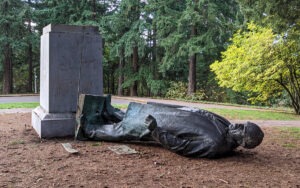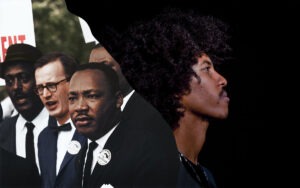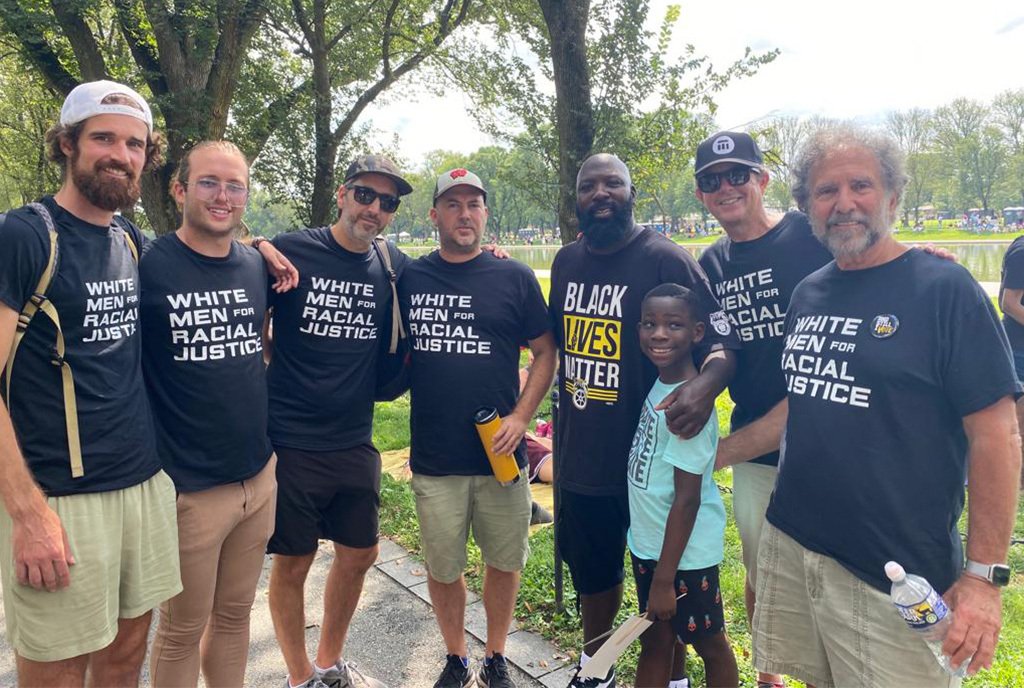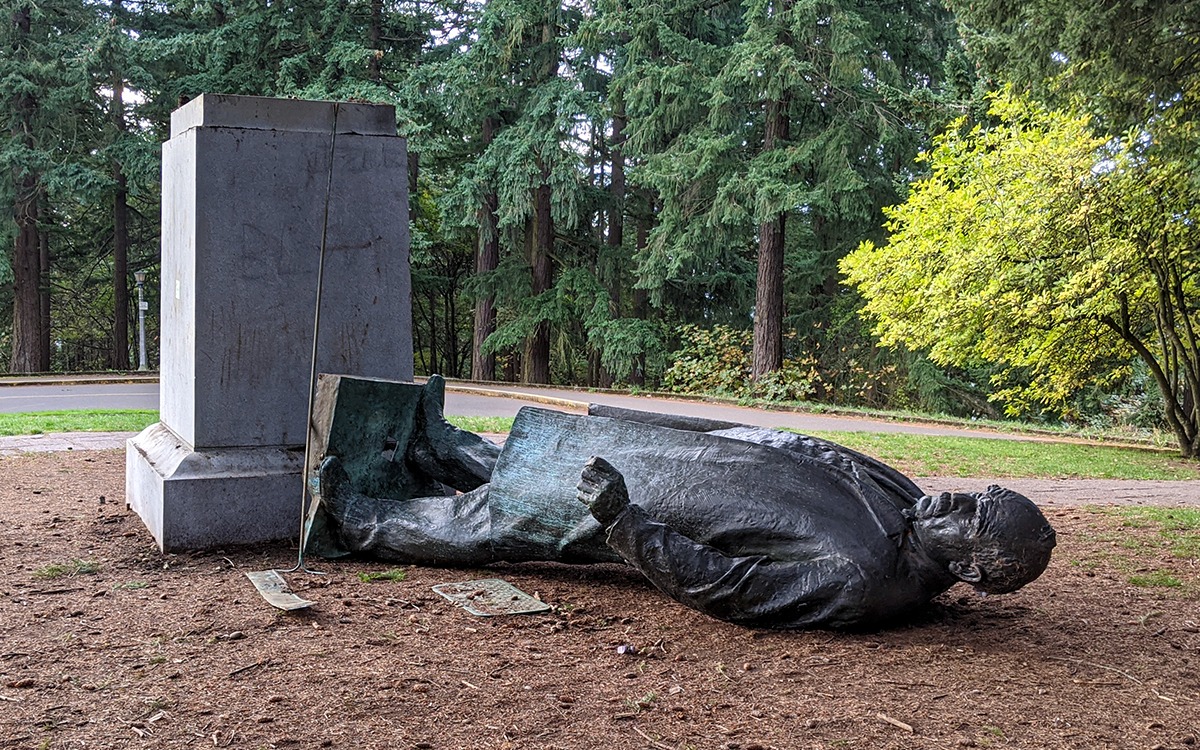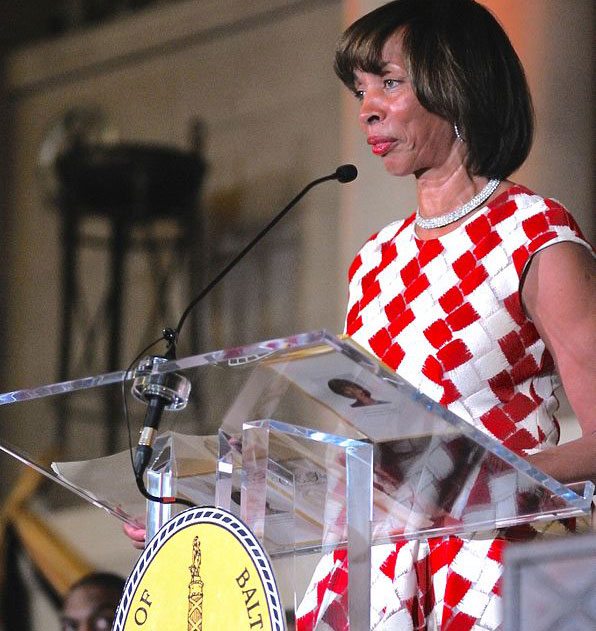
August 16, 2017; Washington Post
Wait a minute. I’m not finished. I’m not finished, fake news…So this week, it is Robert E. Lee. I noticed that Stonewall Jackson is coming down. I wonder, is it George Washington next week? And is it Thomas Jefferson the week after? You know, you really do have to ask yourself, where does it stop?
President Trump spoke at a press conference at Trump Tower on Tuesday. Here are a transcript and video of his remarks.
Where does it stop? President Trump learned early Wednesday morning where it begins. Baltimore Mayor Catherine E. Pugh (D) ordered four statues linked to the Confederacy removed from her city in the dead of night (11:30 p.m. Tuesday to 5:30 a.m. Wednesday) after more than one thousand Baltimore residents protested the white nationalist rally in Virginia that left three dead and many injured.
The four monuments removed were the Confederate Soldiers and Sailors Monument on Mount Royal Avenue, the Confederate Women’s Monument on West University Parkway, the Roger B. Taney Monument on Mount Vernon Place, and the Robert E. Lee and Thomas. J. “Stonewall” Jackson Monument in the Wyman Park Dell.
Mayor Pugh told WBAL News Radio on Tuesday, “Let’s just get it done,” and the Baltimore City Council unanimously passed a resolution Monday to remove the monuments. In 2015, after a white supremacist killed nine African Americans in a historically black South Carolina church, former Baltimore mayor Stephanie Rawlings-Blake created a special commission to review all of Baltimore’s Confederate statues in June that year. Mayor Pugh explains her decision to remove the statues discretely overnight in this PBS News Hour video.
Carolyn Billups, former president of the Maryland Division of the United Daughters of the Confederacy, criticized Pugh for bypassing rules in the rush to remove the statues. “That’s an act of lawlessness in my mind,” said Billups, who lives in St. Mary’s County. “This is a public figure, this is the leader of a city. If you expect or hope that your constituents to respect the law, you have to toe the line.”
More than 700 Confederate monuments remain standing (for now) across the country. Last Monday, a Confederate monument was removed from downtown Gainesville, Florida, and protesters tore down a Confederate statue in Durham, North Carolina. Birmingham, Alabama covered a Confederate statue under a plywood structure (legislators passed a law prohibiting its removal). The mayor of Lexington, Kentucky intends to remove two Confederate monuments. At a news conference Wednesday, Pugh offered this advice to the mayors of those communities: “Do it quietly. And quickly.”
Sign up for our free newsletters
Subscribe to NPQ's newsletters to have our top stories delivered directly to your inbox.
By signing up, you agree to our privacy policy and terms of use, and to receive messages from NPQ and our partners.
These statues were erected during the Jim Crow era, apparently to not-so-subtly reaffirm racial segregation. The Roger B. Taney Monument is especially egregious for commemorating the Chief Justice of the Supreme Court who penned the majority opinion for the notorious 1857 Dred Scott case, that “all people of African ancestry—slaves as well as those who were free—could never become citizens of the United States and therefore could not sue in federal court. The court also ruled that the federal government did not have the power to prohibit slavery in its territories.””
The removal of these statues is a countervailing symbol to the white nationalist seeking to preserve them. The effort to build a more perfect union continues by resisting hatred and bigotry wherever and whenever we can. At least nine alt-right rallies are scheduled for this coming Saturday, including the #MarchOnGoogle rallies in Mountain View, New York City, Washington D.C., Austin, and Boston to protest Google’s firing of James Damore for writing a controversial memo on diversity.
Were General Robert E. Lee alive today, he would oppose President Trump’s defense of the contested Robert Edward Lee sculpture in Emancipation Park, Charlottesville. In April 1865, after the end of the Civil War and his acceptance of the presidency of Washington College in Lexington, Virginia, Lee rejected the idea of erecting Confederate memorials.
As regards the erection of such a monument as is contemplated, my conviction is, that however grateful it would be to the feelings of the South, the attempt in the present condition of the country would have the effect of retarding, instead of accelerating its accomplishment, and of continuing, if not adding to, the difficulties under which the Southern people labour.
I think it wiser moreover not to keep open the sores of war, but to follow the examples of those nations who endeavoured to obliterate the marks of civil strife and to commit to oblivion the feelings it engendered.
For The New Yorker, Robin Wright asks, “Is America headed for a new kind of civil war?”
How fragile is the Union, our republic, and a country that has long been considered the world’s most stable democracy? The dangers are now bigger than the collective episodes of violence. “The radical right was more successful in entering the political mainstream last year than in half a century,” the Southern Poverty Law Center reported in February. The organization documents more than nine hundred active (and growing) hate groups in the United States.
Where does the removal of racist monuments stop? One day, the Trump family may witness a global movement to remove the name TRUMP from all public edifices that may still proclaim that name.—James Schaffer




